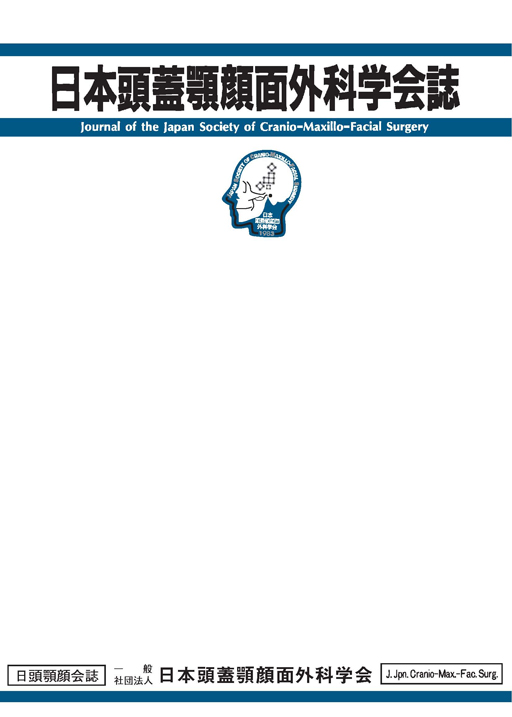The purpose of this study was to determine the relationship between skeletal changes and changes in the three-dimensional pharyngeal airway morphology in patients after two jaw surgery. The subjects were 12 patients with mandibular prognathism who underwent simultaneous anterior maxillary advancement of at least 3.0 mm and mandibular setback of at least 6.0 mm using SSRO and LeFort I osteotomy. Correlations of the pharyngeal airway volume, cross-sectional area, and anteroposterior width and lateral width diameters with skeletal changes were determined using lateral cephalograms and 3DCT at T0 (preoperative), T1 (3 months postoperatively), and T2 (6 months postoperatively). Changes in the pharyngeal airway volume and width at T0, T1, and T2 were subjected to the Friedman test, and if significant differences were noted (p =0.05), a Wilcoxon signed rank sum test (adjusted by Bonferroni) was performed (p =0.0167). The correlation between the change in cephalometric analysis and that in the pharyngeal airway morphology was also compared using Spearman’s rank correlation coefficient (p =0.05). N-volume was significantly greater at T1 and T2 compared with T0 (p <0.01). S-Go was positively correlated with O-volume (ρ =0.64), E-CSA (ρ =0.63) and E-APL (ρ =0.59). FMA was negatively correlated with N-volume (ρ =-0.65), P-APL (ρ =-0.62), and E-LTW (ρ =-0.59), and N-ANS showed a positive correlation with P-CSA (ρ =0.61) and E-CSA (ρ =0.66). It was suggested that maxillary advancement may cause increases in the nasopharyngeal airway volume and anterior-posterior diameter of the pharyngeal airway in the palatal region, and narrowing of the airway in the laryngeal region due to a decrease in the anterior-posterior facial height.
抄録全体を表示
